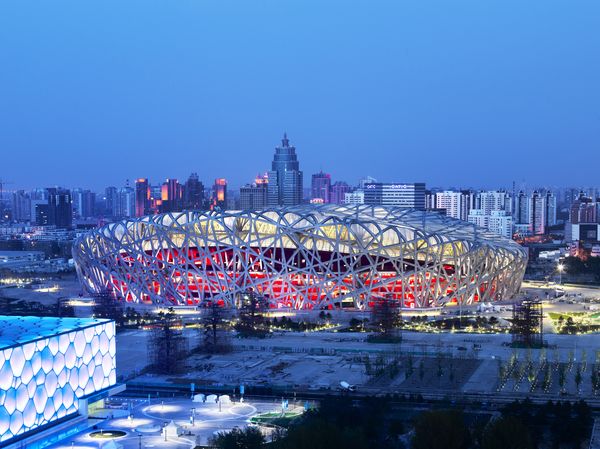With Netflix pushing into streaming in 2007 (away from their traditional model of shipping DVDs to subscribers, which competed with video rental stores), and Spotify launching in 2008, a subscription service that provided immediate access to a vast array of content would come to define music and video. In a similar vein that was also fostered by the age of high-speed internet and smartphones, podcasts would see increased traction as mainstream media networks would share their content for easy listening at any time, causing radio to lose more of its sparkle, and Google’s acquisition of YouTube would really propel the platform into the hearts and minds of consumers and creators.
On screen, the epic science fiction movie Avatar would become the highest grossing movie of all time, holding the title for a decade, reinforcing the potential of computer generated imagery and motion capture in cinema. Christopher Nolan’s signature style and intricate narratives would proliferate with the arrival of the second instalment of his Batman trilogy, The Dark Knight, and his landmark cinematic experience Inception, premiering in 2008 and 2010 respectively. A number of TV shows that have become core parts of popular culture across the genre spectrum, including Breaking Bad, The Big Bang Theory, Mad Men and Downton Abbey would see their initial episodes air during this timeframe, becoming among the last series’ that would have peak viewership on broadcast TV before an exodus to streaming services.
The emergence of Beyoncé as a solo artist and her marriage to Jay-Z, forming one of the most defining power couples of the modern era, had a profound impact on the musical landscape during this period. Their long time musical collaborator, Kanye West, would continue his move away from the production desk to become an artist, releasing a transitional series of albums that would show the evolution of his musical style. West’s first collaboration with Nike in 2009, the Air Yeezy, would provide the first components for his highly successful move into fashion and cross category design.
A new generation of games consoles, spearheaded by the Xbox 360, PlayStation 3 and Nintendo Wii, would put increased emphasis to online gaming, and blend the real world with the virtual one through games like Wii Sports, and hardware that included motion sensors and camera arrays in the Microsoft Kinect. A new device to arrive in a very different sector was the Amazon Kindle in 2007, allowing the “everything” store to sell more ebooks than physical books within just a few years of its launch, a first foray into the hardware space that has now become a valuable pillar for the company.
In architecture, the period would see the opening of the Burj Khalifa in Dubai which, at 828 metres, would become the tallest building in the world, and indicate a pivot for the Middle East towards a vibrant cultural scene, with the region now housing some of the world’s most important artworks. The 2008 Olympics would bring the games to China for the first time ever, using Beijing as the host city and housing events in a number of impressive venues, such as the so-called “Bird’s Nest” Beijing National Stadium designed by Herzog & de Meuron and Li Xinggang.
The games will be remembered by many for the incredible performance of Usain Bolt, who not only took gold in the 100m and 200m events, but achieved world record times for both races. Motorsport would see Lewis Hamilton emerge as a formidable force, breaking multiple records in his debut season in 2007, before taking his first world drivers’ championship in dramatic fashion the following year, gaining the last points needed by overtaking on the final corner of the final lap at the last Grand Prix of the season. 2008 would also see what many consider to be the greatest tennis match of all time, when Roger Federer and Rafael Nadal would continue their storied rivalry at Wimbledon, the Spaniard emerging the victor.
A rich cultural period across so many disciplines, it was hard to see what the next decade would hold, but it would turn out to have just as many memorable moments.
